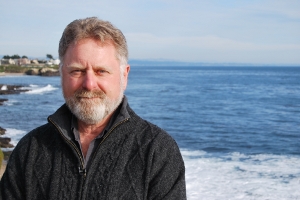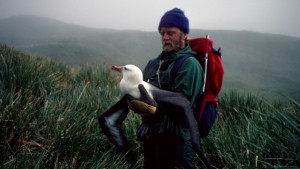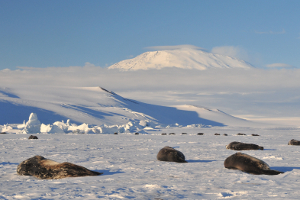One of the great things about my job is to be able to talk to some of the world's greatest and most charismatic scientists, like Professor Dan Costa of UC Santa Cruz. I remember trying to get a hold of Professor Costa in December, when my colleagues and I were researching TV story ideas for the fifth season of QUEST. We were eager to do a story on elephant seals, focusing on their rookery at Año Nuevo, but we knew that to tell this story, we needed to secure the participation of Dan Costa, a foremost expert on these amazing animals.
Dan Costa has been studying elephant seals since the mid-1970s, and has been at the forefront of using satellite tags, time and depth recorders and other sophisticated electronic tags to gather information about the amazing depths to which elephant seals dive, their migration routes and how they use oceanographic features to hunt for prey as far as the international dateline and the Alaskan Aleutian Islands.
I recall finally catching Professor Costa by phone on a Friday evening at a rare moment when he was in his office and had time to talk. During a conversation that lasted no more than 20 minutes, he emailed me some background articles on elephant seals he had authored, answered a few questions about his current research, confirmed his availability for an interview in January, suggested another graduate student to also interview for our story and gave me the name of another student in his lab with whom to coordinate filming of the recovery of a satellite tag from a female elephant seal sometime in January or February.

My thrill in securing the participation of Professor Costa was tempered by the logistical reality of getting time with this immensely busy researcher who traveled for months on end to exotic locales, including Antarctica, Australia and the Galapagos Islands. Fortunately, Professor Costa cleared his calendar to accommodate our crew for four hours albeit the day before leaving for a research trip to study seals and penguins in Antarctica.

